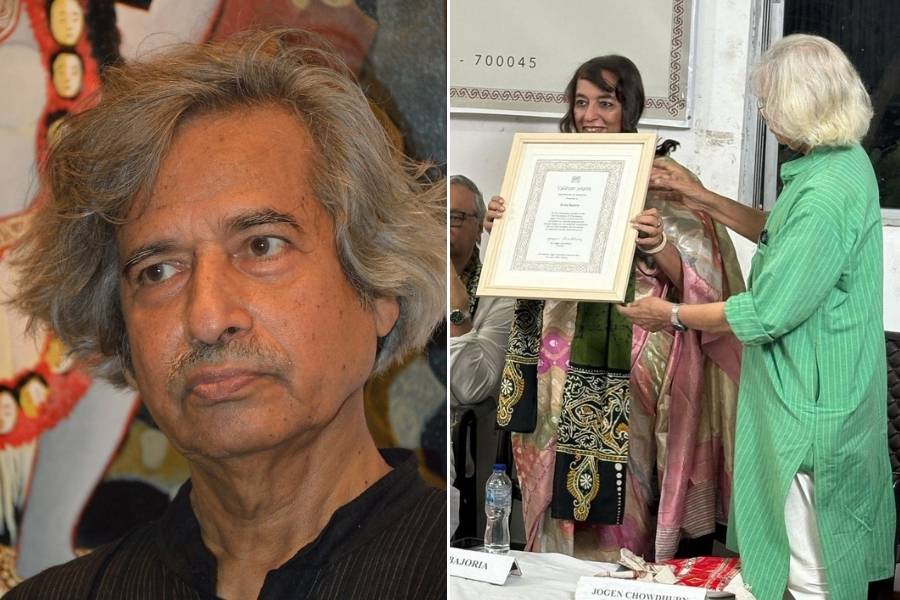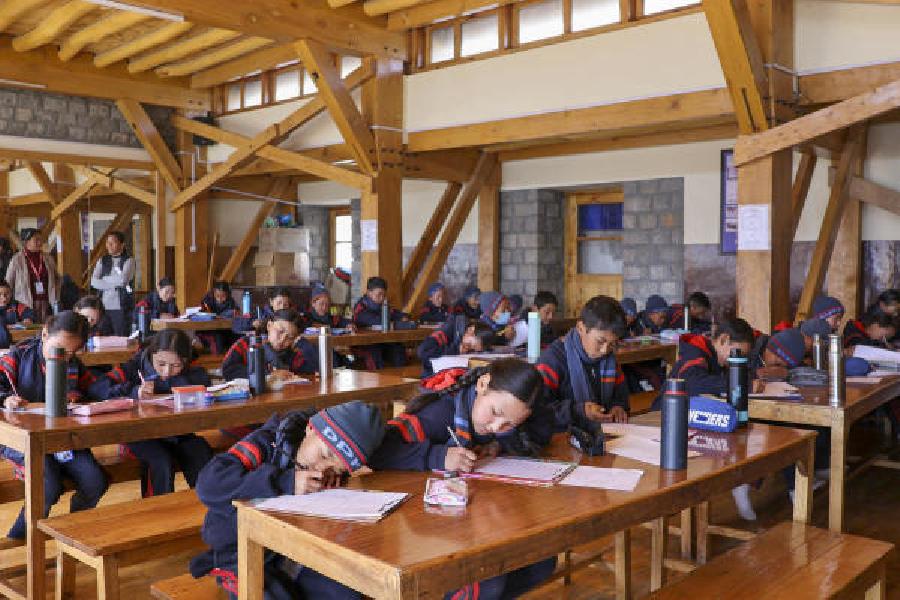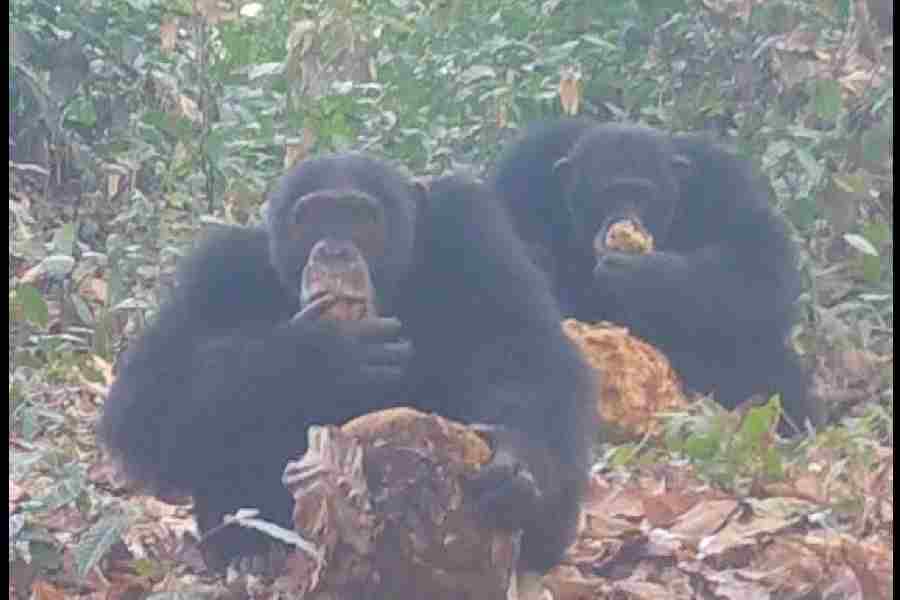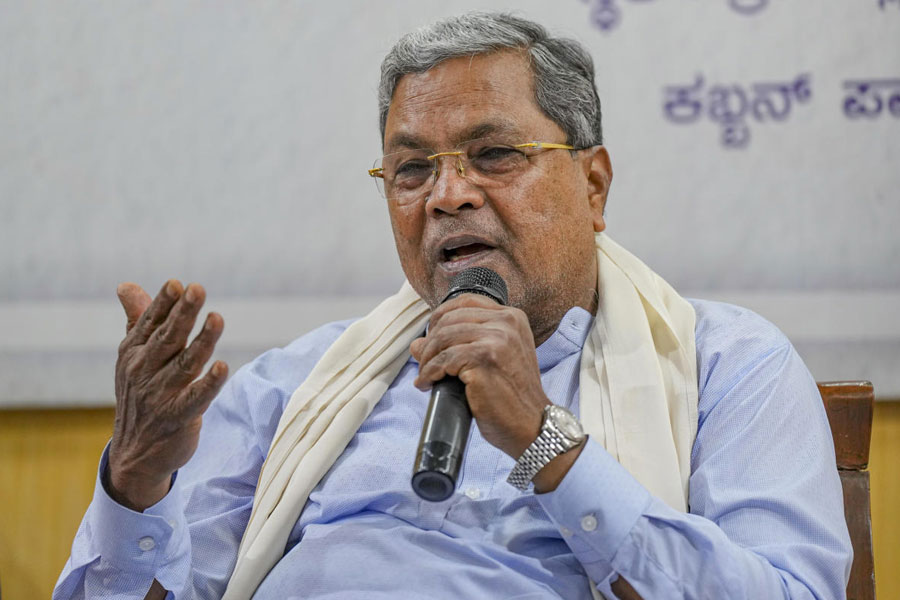 |
| The memorials to leaders of the Naxalite movement at Naxalbari. Picture by Kundan Yolmo |
Siliguri, June 15: Tucked away in the Terai on the border with Nepal, Naxalbari, might be known more as the epicentre of India’s ultra Left movement, but the block has other things to offer in terms of tourism.
The area offers everything that a tourist wants: forests, rivulets, hilly tracts, tea estates and as an added advantage, a glimpse of history. But the residents feel that the authorities are yet to tap the block’s tourism potential.
“Our area is no less attractive than the Dooars. What is needed is a concerted effort as witnessed in the Dooars in the past 10 years or so. The Dooars has marched much ahead of us with the backing of the state government, particularly the forest and tourism departments. Naxalbari can be developed as a tourist circuit, added with some nearby areas like Panighata, Lohagarh and Putung in Kurseong subdivision,” said Ritesh Biswas, a Naxalbari resident.
“Some eateries have come up along NH31C that connects Panitanki on the India-Nepal border with Naxalbari. But more needs to be done to lure tourists to the Terai,” he added.
According to local people, if the state government, in association with stakeholders of tourism, drafts a comprehensive plan and executes it, the Terai can emerge as an ace destination for tourists in north Bengal.
“Making arrangements to visit tea estates, jungle trails or short trips to small hillocks like Panighata and Putung are no big deal,” said Ajoy Das, a businessman. “Moreover, there are several people interested in knowing the history of Naxalite movement that originated here.”
 |
| A bridge over the Mechi at Panitanki. Picture by Kundan Yolmo |
The block is known to be an elephant corridor with the forest stretching till the bank of the Mechi that marks the international boundary with Nepal.
“There are at least 20-25 tea estates on either side of the highway. Like in the Dooars, jungle safaris can be organised in forests like Tukuria, Kalabari and Panighata,” said resident Dinesh Rai.
Another attraction in Naxalbari is the Dhimal community, a tribe living in Dhimalbusty. “Tourists can experience and learn about the Dhimal culture. We have dance troupes and singers who can perform to entertain the visitors,” said Garjan Mallick, a senior member of the community.
While touring Naxalbari, the visitors can make a “foreign trip” also. “They can hire a cab and visit Kakarvitta in Nepal and even move to Dhulbari, famous for foreign-made goods,” said a Naxalbari resident.
Raj Basu, associated with the Eastern Himalaya Travel and Tour Operators’ Association, said: “The block showcases nature, has an international border and has everything from forests to tea estates to rivers. We feel the residents should moot a proposal for Naxalbari’s development as a tourist hub. From our side, we can definitely help them move further and develop the circuit. State government departments like tourism and forests also have a role to play here.”
How to reach Naxalbari
From Siliguri
Buses ply on NH31C that passes through Naxalbari and Khoribari and connects Panitanki on Nepal border
From NJP
Take taxi or autorickshaw to reach Siliguri, 4km away, and then take a bus to Naxalbari
From Bagdogra airport
Taxis ply to Naxalbari, 20km away










